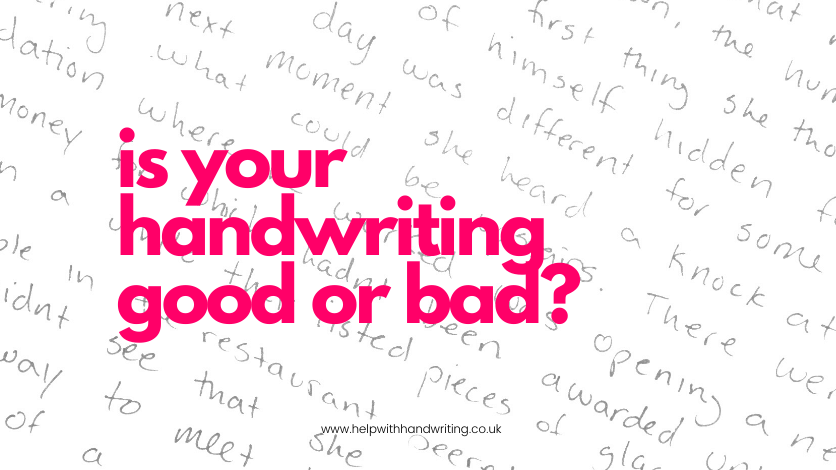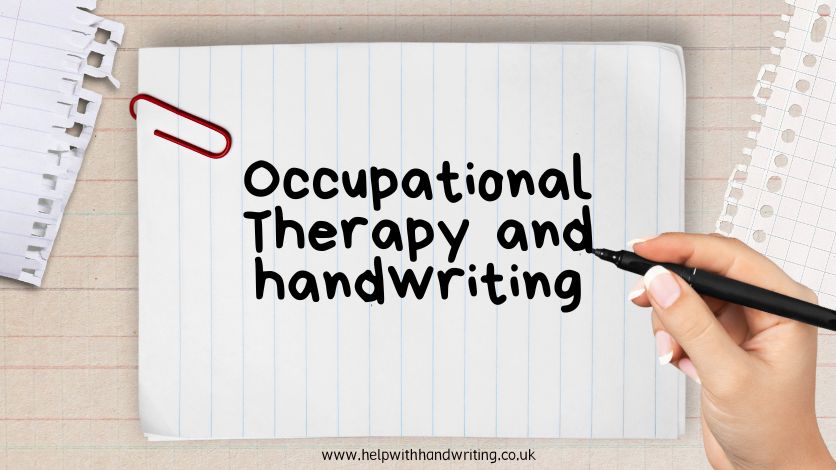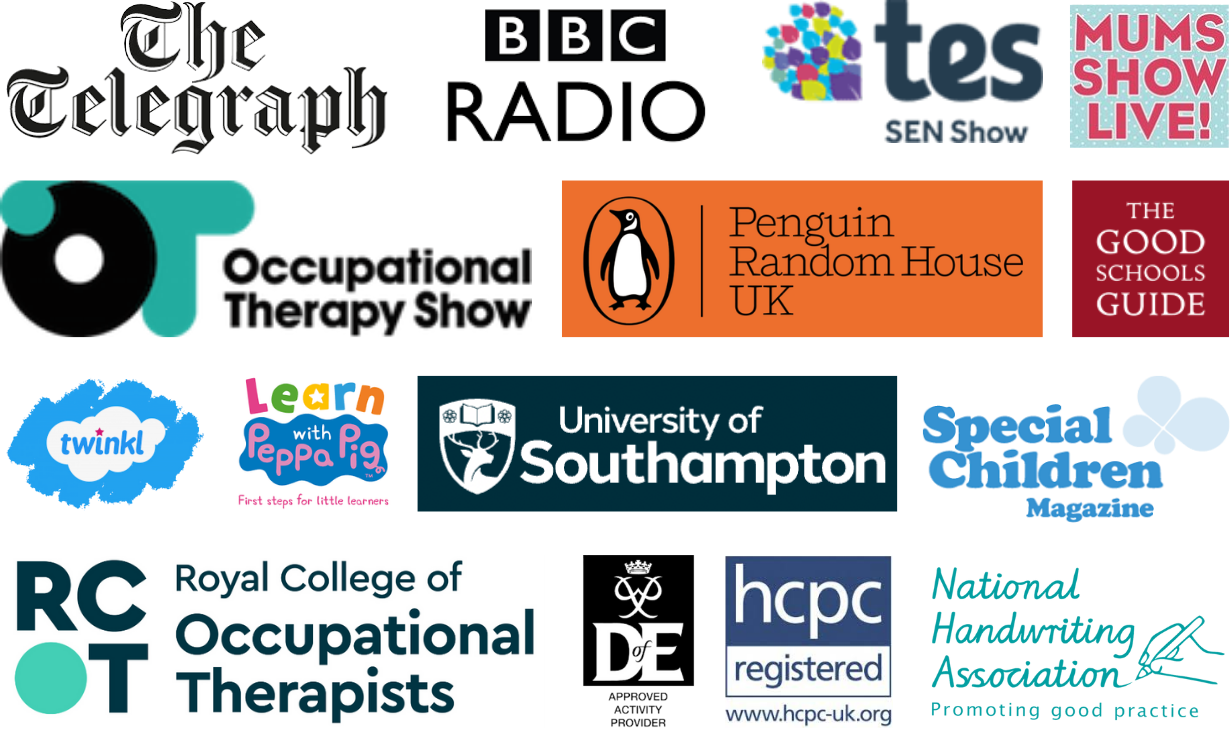How often have you heard your child say that their handwriting isn’t good?
That they haven’t been given a pen license. Or they have to remain writing in their pencil until they can prove that they have satisfactory handwriting?
Of course, it makes sense that handwriting needs to be legible, that teachers (and parents for that matter) can read it with ease. But, does this mean that there is such a thing as good and bad writing?
How saying the words ‘good’ or ‘ bad’ can do more damage than you realise.
It seems that we are all too quick to judge and label children in these recent years. Children are told that they need to work harder at a variety of academic aspects. This includes children’s reading and of course their writing too.
It makes sense that when it comes to handwriting, that you identify children who have neat and tidy writing. However, many don’t realise that labelling a child’s handwriting can actually be harmful.

The main reason for this is because handwriting is subjective. Something that you can read with ease, might be something that someone else can’t manage to read.
Therefore, that piece of writing might be seen as being messy, or it could be seen as being neat.
There are a variety of things that can change how handwriting looks. For example, how sharp the pencil is and also the quality of the paper and the lead too.
So, what should you be looking for?
Whilst you should, as much as you can, avoid labelling handwriting, that doesn’t mean that we can’t as parents (and teachers within school) identify key aspects of the writing that we see.
As we have already mentioned, it is much better to think about handwriting by its legibility. We should be able to read what has been written; and this is always the key thing to look at.
Sizing is key!
Letters need to be just the right size, sitting properly on any line that is going to be used. This may be slightly above or slightly below depending on the letter. Another important aspect of handwriting is that the gaps between the letters and the words are neither too big, nor too small, and that every single letter is formed correctly too.
Above all, remember that handwriting is important for our lives, not only as we go through school, but later on too. We need to be able to write down our ideas and our feelings and then use this as a way to communicate them to others. This could be something as simple as creating a shopping list or something more complicated like a prescription.
In conclusion, do whatever you can to work on your child’s handwriting with them from an early age, so that they have the right skills that they need to get them through life. Try to ensure that they regularly get in some handwriting practice.









